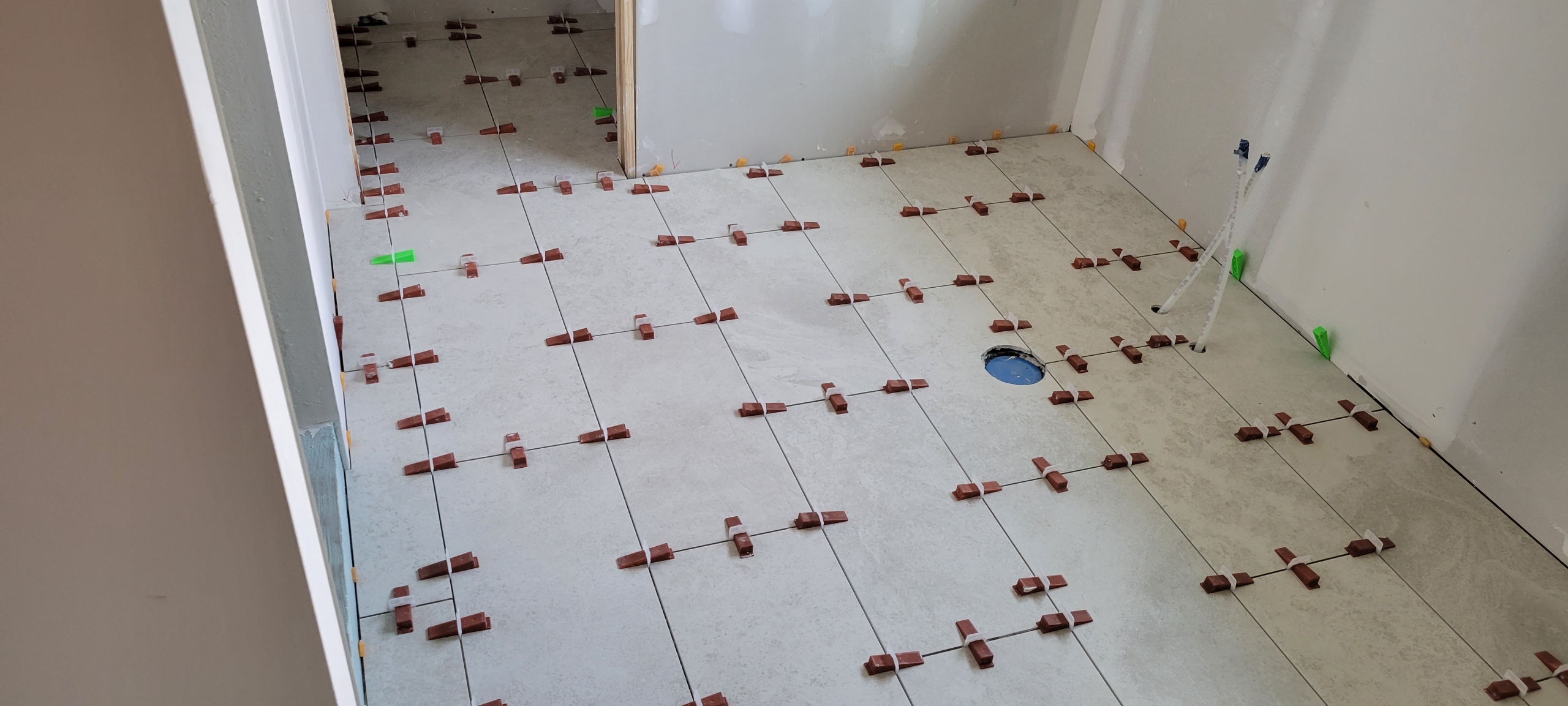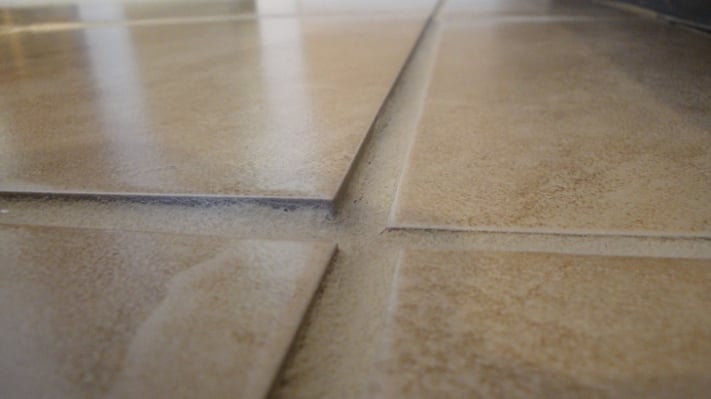Discover the Secrets to Perfect Ceramic Tile Setup Every Single Time
Achieving flawless floor tile setup may feel like a complicated job, often leading to frustration and flaws that interfere with the total aesthetic. Mastering the art of tile installment entails a series of specific steps and methods that, when implemented appropriately, can result in a sleek and seamless surface. From surface area prep work to grout application, each phase plays an essential duty in the final outcome of your task. By comprehending the tricks behind each action, you can make sure that your tile setup not only meets however exceeds your assumptions.
Appropriate Surface Preparation
Effective floor tile setup hinges dramatically on careful surface area prep work to make sure a perfect result. Before laying floor tiles, it is imperative to examine the substratum's problem extensively. The surface has to be tidy, completely dry, and structurally sound to stop future problems such as loosened ceramic tiles or split cement. Any existing floor covering material, adhesives, or sealers need to be eliminated to create an uniform base for the new tiles.
To ensure proper adhesion, it is recommended to roughen smooth surface areas with sanding or scarifying. Additionally, applying a primer can enhance bonding between the floor tile and the substratum adhesive. Unequal surfaces must be leveled making use of a self-leveling substance to avoid lippage and make sure a smooth finish.
In addition, inspecting for prospective sources of dampness is critical, as excess dampness can result in mold and mildew development and damage the ceramic tiles over time. Utilizing a dampness obstacle or waterproofing membrane layer in wet areas like kitchens or shower rooms is important to secure the ceramic tiles from water damage. By carefully preparing the surface prior to tile installation, one can produce a resilient and visually appealing tiled location that will stand the test of time.

Choosing the Right Adhesive
Picking the proper adhesive is a vital action in ensuring the effective setup of floor tiles. The kind of adhesive you choose will certainly depend on various variables such as the type of tile, the substrate material, and the location of the installment. There are various sorts of adhesives readily available in the marketplace, including thin-set mortar, mastic, and epoxy.

Epoxy adhesives are incredibly resilient and water-resistant, making them ideal for areas prone to moisture such as kitchen areas or bathrooms. They are also ideal for installing glass or steel floor tiles. When picking an adhesive, make certain to adhere to the supplier's recommendations and consider the details needs of your tile installment task.
Accuracy Cutting Methods
One of the most usual tools used for precision cutting in floor tile installation is the tile cutter. Floor tile cutters come in different types, including manual ceramic tile cutters, electrical damp saws, you can try here and portable floor tile cutters. Hand-operated tile cutters are suitable for straight cuts on ceramic and porcelain ceramic tiles, supplying tidy and precise edges.
Additionally, utilizing tools like floor tile scribes or glass cutters can help in scoring and snapping floor tiles with accuracy. By understanding these precision reducing strategies, tile installers can make certain a professional finish and an aesthetically appealing outcome in their ceramic tile tasks.

Grout Application Tips
When transitioning from accuracy reducing methods to grout application in ceramic tile installation, interest to detail and strategy is extremely important for achieving a perfect surface. Grout offers not only as a functional element that fills up the voids in between ceramic tiles yet likewise plays a significant function in the general aesthetic of the installment.
When the grout is applied, make use of a wet sponge to cleanse the tiles, making certain not to link eliminate grout from the joints. Complying with these cement application suggestions will result in a professionally installed tile surface area that enhances the elegance of any kind of space.
Finishing Touches and Upkeep
To finish the floor tile installment project properly, interest to detail during the completing touches and normal maintenance is essential. After the grout has dried out and the floor tiles are securely in location, the final actions involve making certain that all sides are effectively sealed.
Routine maintenance is essential to protecting the beauty and functionality of your tiled surfaces. A simple regimen of sweeping or vacuuming followed by mopping with a mild cleaner can aid keep your tiles looking immaculate (tile installation austin). For locations that are frequently revealed to wetness, such as washrooms or kitchens, regular resealing of grout lines is recommended to avoid mold and mildew and mold growth
Conclusion
To conclude, attaining perfect ceramic tile installment whenever requires attention to detail and proper strategies. By focusing on surface preparation, selecting the proper adhesive, utilizing accuracy reducing approaches, applying grout meticulously, and do with interest to detail, you can make sure a professional-looking outcome. Keep in mind to comply with these actions and preserve your floor tiles regularly to prolong their lifespan and maintain them looking their best.
One of the most common tools made use of for precision cutting in Continue ceramic tile installation is the ceramic tile cutter. Ceramic tile cutters come in different types, including hand-operated tile cutters, electrical damp saws, and portable ceramic tile cutters. Hand-operated tile cutters are suitable for straight cuts on ceramic and porcelain tiles, providing precise and clean edges. Furthermore, using devices like floor tile scribes or glass cutters can assist in scoring and breaking floor tiles with accuracy. By understanding these precision cutting strategies, ceramic tile installers can guarantee a professional finish and a visually enticing outcome in their tile jobs.